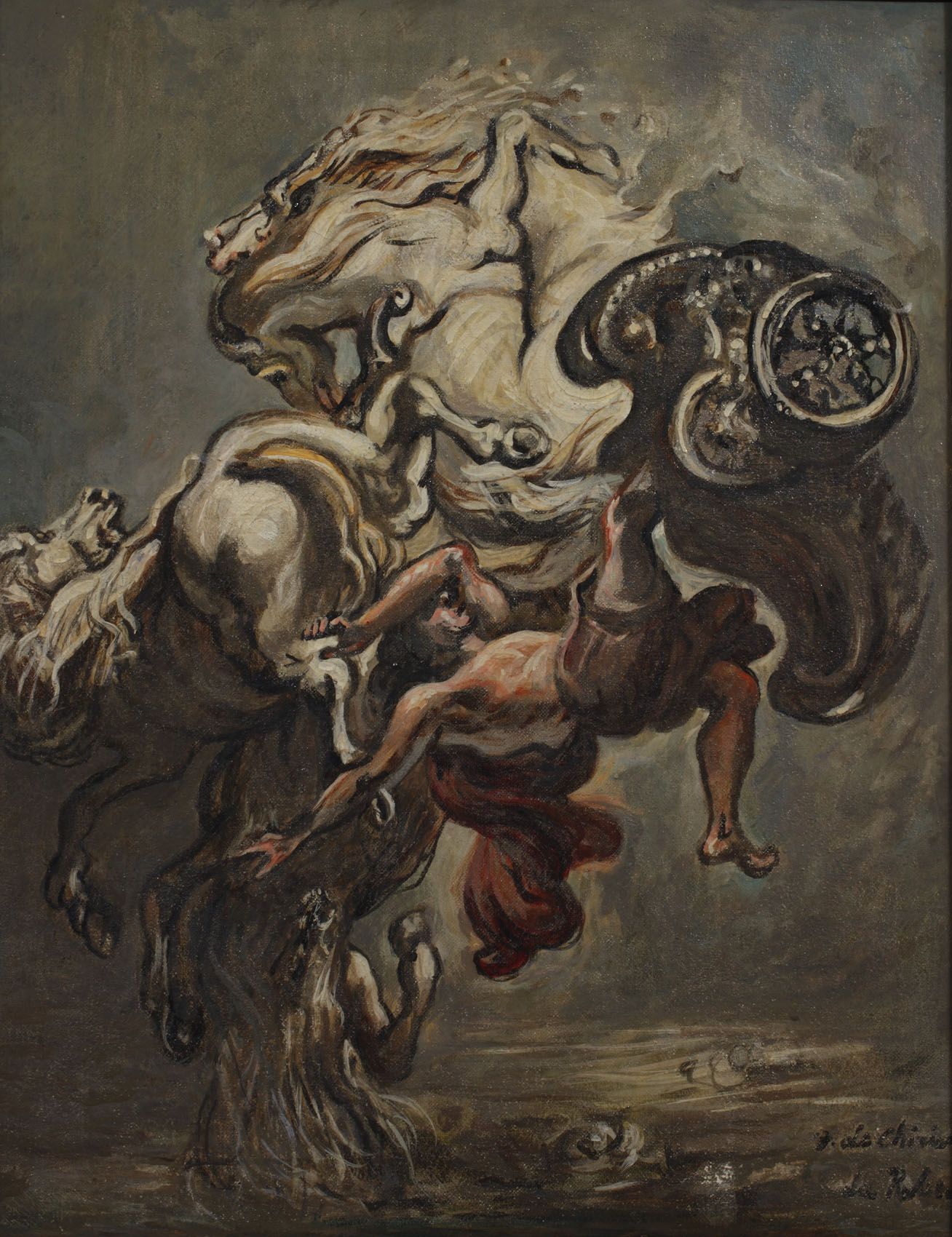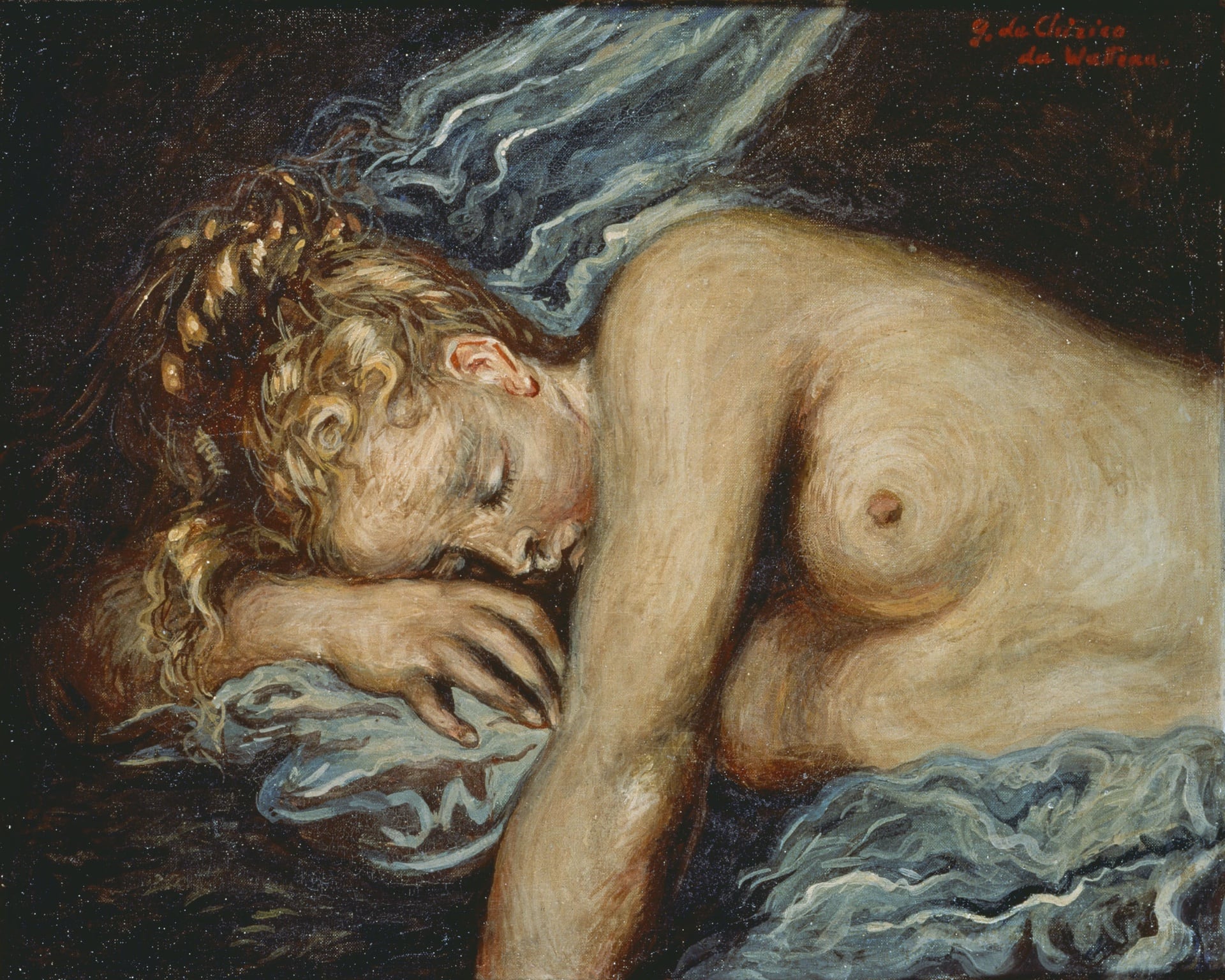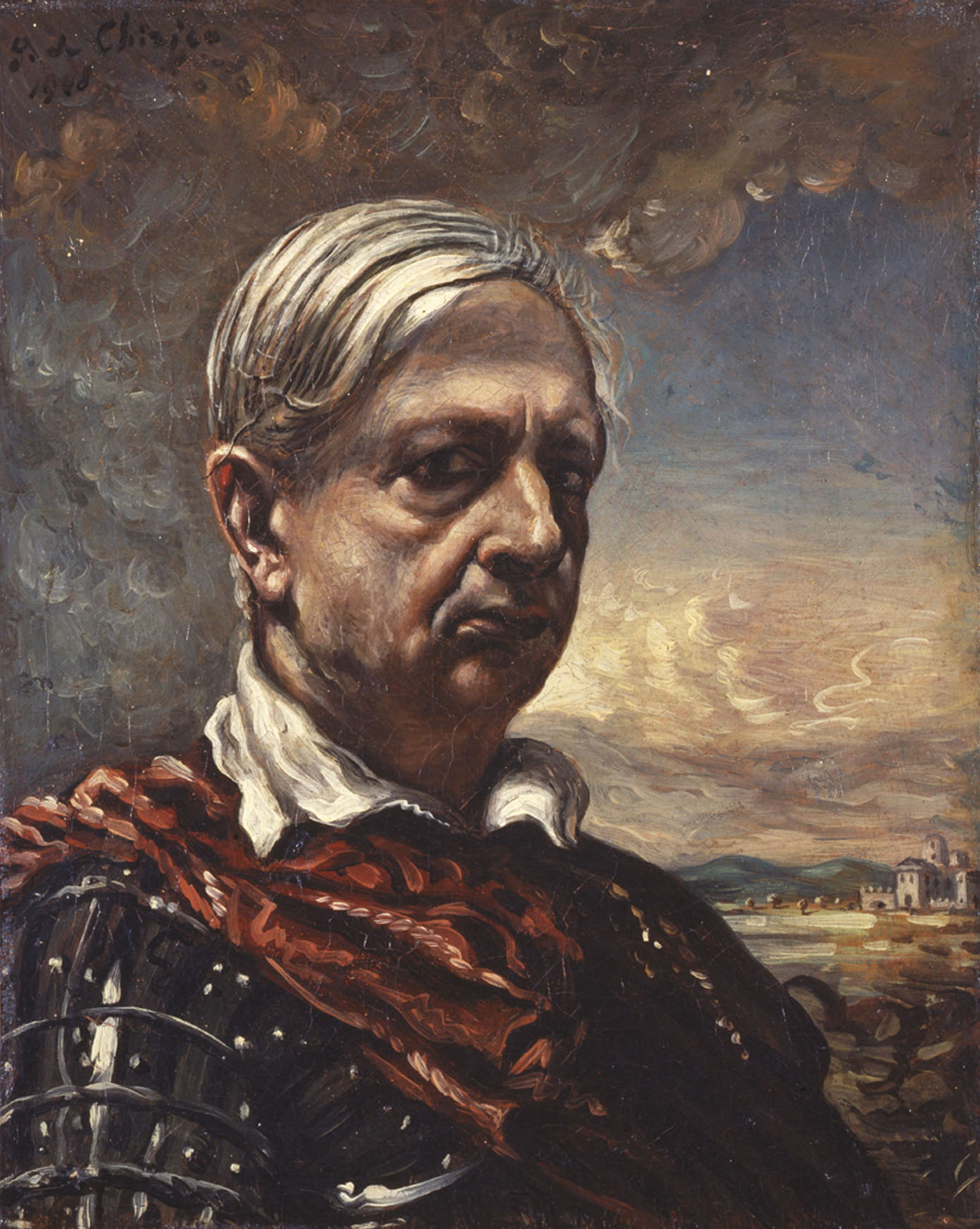29 April 2016
Pera Museum is proud to present an exhibition of Giorgio de Chirico, a pioneer of the metaphysical art movement and one of the most extraordinary artists of the 20th century. Brought to life in collaboration with the Fondazione Giorgio e Isa de Chirico in Rome, the exhibition comprises a broad selection of 70 paintings, 2 lithography series, and 10 sculptures. Take look at his interpretations of old master’s works!

Pastoral (After Rubens), 1960, oil on canvas, 39 x 49,5 cm. Fondazione Giorgio e Isa de Chirico Collection, Rome
During this period, de Chirico was attracted to a diverse stable of European great masters, ranging from Titian, Fragonard, Ingres to Delacroix and Rubens, with the artist championing the latter as the ultimate Great Master.

Phaeton’un Düşüşü (After Rubens), 1954,
Tuval üzerine yağlıboya, 50 x 40 cm.
Fondazione Giorgio e Isa de Chirico Collection, Rome
Rather than produce pastiches (exact copies), the artist tended to rework or extract details of specific paintings. For example, in the exhibited painting Young Girl Sleeping (after Watteau) of 1947, de Chirico chose to paint just a small detail of Watteau’s Jupiter and Antiope, thus transforming his version into a dormant Ariadnesque figure.

Young Girl Sleeping, (After Watteau), 1947, oil on canvas, 40 x 50 cm.
Fondazione Giorgio e Isa de Chirico Collection, Rome
Alternatively, in the exhibited Bathers (with Red Drape in the Landscape) of 1945, the artist selects the recognisable pose of Ingre’s central figure of Grande Odalisque (1814), yet choses to reverse her position and place her in an open landscape setting.
In Self-portrait with Armour (1948), de Chirico reworks Velázquez’s Philip IV in Armour (c. 1626). His decision to superimpose the Spanish king’s head with that of his own serves as a visual demonstration of Nietzsche’s concept of the eternal return and the cyclical nature of Time.

Self-portrait in Armour, 1948,
Tempera and oil on canvas, 50 x 40 cm.
Fondazione Giorgio e Isa de Chirico Collection, Rome
Highlighting his various periods with examples from his earliest works to last ones, Giorgio de Chirico: The Enigma of the World exhibition took place at the Pera Museum between 24 February - 08 May 2016.

The Academy of Fine Arts in Sarajevo was founded in 1972 as the first Academy of Fine Arts in Bosnia and Herzegovina and became one of the forerunners in Bosnian contemporary art. Academy continued its operation throughout the war years (1992-1995) in besieged Sarajevo and participated in important international art projects.
Tuesday - Saturday 10:00 - 19:00
Friday 10:00 - 22:00
Sunday 12:00 - 18:00
The museum is closed on Mondays.
On Wednesdays, the students can
visit the museum free of admission.
Full ticket: 300 TL
Discounted: 150 TL
Groups: 200 TL (minimum 10 people)